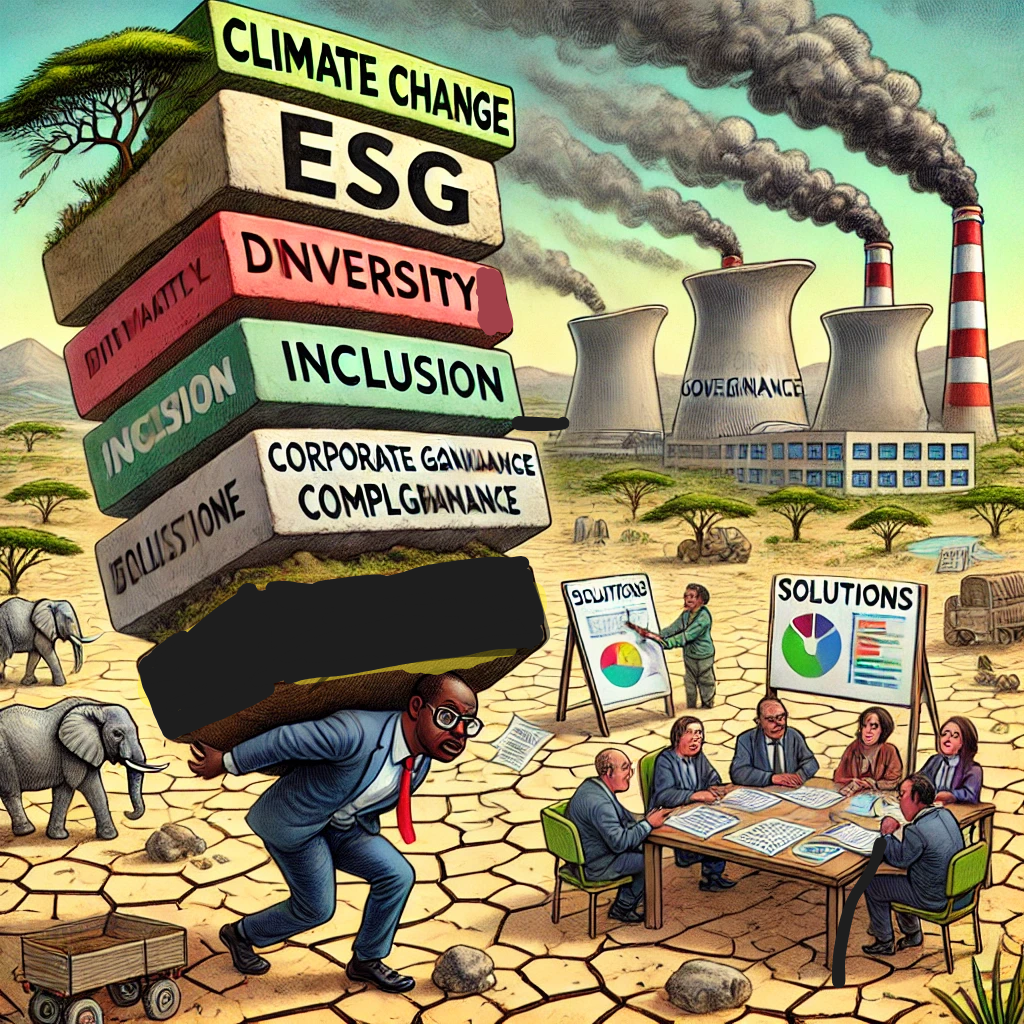ESG and Sustainability Reporting in 2024: The Key to Future-Proofing Your Business
In 2024, ESG (Environmental, Social, and Governance) and sustainability reporting are no longer optional for forward-thinking businesses. They are strategic tools essential for navigating the evolving regulatory landscape, meeting stakeholder expectations, and driving long-term success. This comprehensive guide delves into the trends, best practices, and benefits of ESG and sustainability reporting in the modern era.
Why ESG and Sustainability Reporting Matter in 2024
1. Regulatory Compliance
Governments and regulatory bodies worldwide are intensifying their focus on ESG disclosures. Frameworks like the Task Force on Climate-related Financial Disclosures (TCFD) (to be superseded by the International Sustainability Standards Board’s S2 Climate-related Standards Disclosure in FY2025 (ISSB S2)) and Corporate Sustainability Reporting Directive (CSRD) mandate transparent reporting. Companies failing to comply risk penalties and reputational damage.
2. Investor and Stakeholder Demands
Investors now prioritize ESG metrics when making decisions. Transparent sustainability reporting demonstrates a company’s commitment to environmental stewardship, social responsibility, and governance excellence, attracting both capital and consumer trust.
3. Competitive Advantage
Organizations that integrate ESG into their core strategies differentiate themselves in the market. Sustainability reporting helps identify opportunities for innovation, cost savings, and risk mitigation, ultimately enhancing profitability and resilience.
Trends in ESG and Sustainability Reporting in 2024
1. Alignment with Global Frameworks
In 2024, companies increasingly align their reporting with global standards such as:
- GRI (Global Reporting Initiative): For comprehensive ESG reporting.
- SASB (Sustainability Accounting Standards Board): For industry-specific metrics.
- TCFD: For climate-related disclosures.(to be superseded by the International Sustainability Standards Board’s S2 Climate-related Standards Disclosure in FY2025 (ISSB S2))
- ISSB (International Sustainability Standards Board): A new unified standard simplifying global sustainability reporting.
2. Technology and Data-Driven Reporting
With advancements in AI, blockchain, and data analytics, companies can now gather, analyze, and present ESG data with precision. Tools like ESG dashboards and real-time monitoring systems streamline reporting processes and ensure accuracy.
3. Sector-Specific Reporting
Different industries face unique ESG challenges. In 2024, sector-specific reporting has gained traction, addressing tailored metrics for industries like energy, agriculture, and technology.
4. Focus on Scope 3 Emissions
Reporting on Scope 3 emissions, which include indirect emissions from a company’s value chain, is becoming a critical component. Companies are now collaborating with suppliers to track and reduce these emissions effectively.
Steps to Create an Effective ESG and Sustainability Report
1. Identify Material Topics
Conduct a materiality assessment to determine ESG issues that matter most to stakeholders and align with your company’s strategic goals.
2. Engage Stakeholders
Collaborate with employees, investors, suppliers, and community members to gain insights and build trust throughout the reporting process.
3. Collect Accurate Data
Leverage digital tools to collect, manage, and validate ESG data. Ensure that data aligns with the chosen reporting frameworks.
4. Craft Transparent Narratives
An impactful ESG report goes beyond numbers. Share success stories, challenges faced, and plans for improvement to build credibility and foster stakeholder confidence.
5. Seek Third-Party Assurance
Having your ESG report independently verified enhances its credibility, assuring stakeholders of its accuracy and reliability.
The Business Benefits of ESG and Sustainability Reporting
1. Improved Risk Management
ESG reporting helps identify and mitigate risks, from climate change impacts to supply chain disruptions, ensuring business continuity.
2. Enhanced Brand Reputation
Transparent sustainability reporting positions your company as a responsible corporate citizen, strengthening customer loyalty and attracting top talent.
3. Access to Capital
Investors increasingly channel funds toward companies with robust ESG strategies. Clear reporting ensures your company is well-positioned to secure sustainable financing.
ESG Reporting Challenges in 2024 and How to Overcome Them
1. Data Complexity
With the growing volume of data, managing ESG metrics can be overwhelming. Solution: Implement ESG software to automate data collection and reporting.
2. Changing Regulations
Staying up-to-date with evolving regulations is critical. Solution: Work with sustainability consultants and legal advisors to remain compliant.
3. Balancing Transparency and Confidentiality
Companies may hesitate to disclose sensitive information. Solution: Strike a balance by sharing essential data while safeguarding competitive advantages.
ESG Reporting Beyond Compliance: A Strategic Imperative
In 2024, ESG and sustainability reporting is about more than compliance—it is a strategic tool for driving business transformation. Companies integrating ESG into their operations unlock opportunities for growth, resilience, and innovation.
Conclusion
As we end 2024, ESG and sustainability reporting are integral to building a future-ready business. By adopting global frameworks, leveraging technology, and engaging stakeholders, companies can turn reporting into a competitive advantage. The time to act is now—embrace ESG reporting as a cornerstone of your strategy and thrive in the era of sustainable business.
If you want to read more information about how to enhance you reporting, click here







